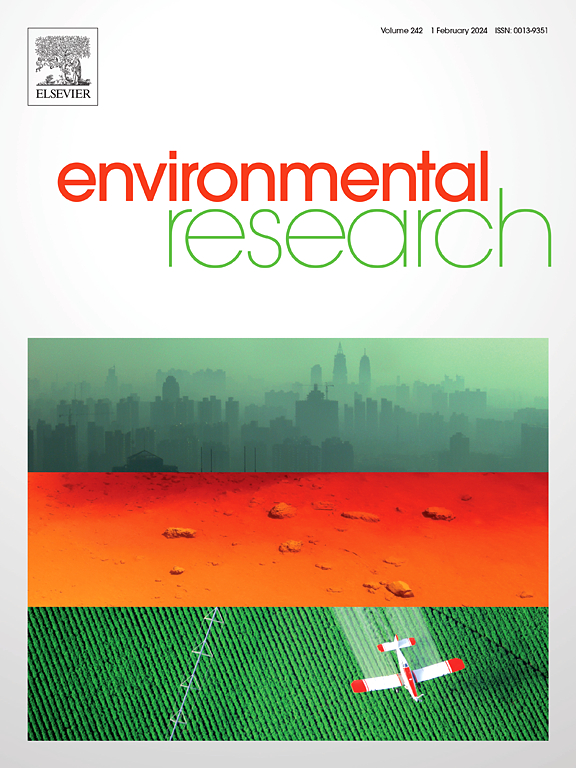Regulating CO2 adsorption performance of lychee seed-based porous carbon materials: Insights into oxygen groups and pore structure
IF 7.7
2区 环境科学与生态学
Q1 ENVIRONMENTAL SCIENCES
引用次数: 0
Abstract
Herein, porous carbon materials rich in oxygen (O)-containing functional groups and with abundant micropores were synthesized by carbonizing lychee seeds activated with various activators at a relatively low temperature of 600 °C. The incorporation of potassium and sodium salts during activation effectively modulated both the surface O functionalities and the microporous structure of the resulting porous carbon materials. The influence of these characteristics on CO2 adsorption performance was systematically investigated. A multiple linear regression model was developed to evaluate the impact of key factors including cumulative pore volumes in the pore size range of 5–7 Å (V5–7 Å), 0–10 Å (V0–10 Å), and 0–20 Å (V0–20 Å), total pore volume (VT), and the contents of C=OOH and C–OH groups on the CO2 adsorption capacity of the carbon materials at 1 bar and 25 °C. Results revealed that the C=OOH content is the most significant factor affecting CO2 uptake, while C–OH content and V0–20 Å also play important secondary roles. Notably, the LS-KOH-600 sample exhibited a high CO2 adsorption capacity, reaching 5 mmol/g at 25 °C and 7.15 mmol/g at 0 °C (1 bar). Furthermore, LS-KOH-600 demonstrated excellent CO2/N2 selectivity (29.9) and good cyclic stability under simulated flue gas conditions.
调节荔枝籽基多孔碳材料的CO2吸附性能:对氧基团和孔结构的见解
本文采用多种活化剂活化荔枝籽,在600℃的较低温度下进行炭化,合成了富含含氧官能团、微孔丰富的多孔碳材料。在活化过程中钾和钠盐的掺入有效地调节了表面O官能团和所得多孔碳材料的微孔结构。系统地研究了这些特性对CO2吸附性能的影响。建立多元线性回归模型,评价5-7 Å (V5-7 Å)、0-10 Å (V0-10 Å)、0-20 Å (V0-20 Å)孔径范围内的累积孔隙体积、总孔隙体积(VT)、C=OOH和C - oh基团含量对碳材料在1 bar和25℃条件下CO2吸附能力的影响。结果表明,C=OOH含量是影响CO2吸收的最显著因素,C - oh含量和V0-20 Å也起重要的次要作用。值得注意的是,LS-KOH-600样品具有较高的CO2吸附能力,在25°C时达到5 mmol/g,在0°C (1 bar)时达到7.15 mmol/g。此外,LS-KOH-600在模拟烟气条件下表现出优异的CO2/N2选择性(29.9)和良好的循环稳定性。
本文章由计算机程序翻译,如有差异,请以英文原文为准。
求助全文
约1分钟内获得全文
求助全文
来源期刊

Environmental Research
环境科学-公共卫生、环境卫生与职业卫生
CiteScore
12.60
自引率
8.40%
发文量
2480
审稿时长
4.7 months
期刊介绍:
The Environmental Research journal presents a broad range of interdisciplinary research, focused on addressing worldwide environmental concerns and featuring innovative findings. Our publication strives to explore relevant anthropogenic issues across various environmental sectors, showcasing practical applications in real-life settings.
 求助内容:
求助内容: 应助结果提醒方式:
应助结果提醒方式:


